‘Making The Shining was hell’: How tormented stars, Kubrick’s temper and box-office disaster led to an immortal horror
Stephen King hated it, but even set fires, bullying accusations, Shelley Duvall’s misery and Razzie nominations couldn’t stop ‘The Shining’. As it turns 40, Geoffrey Macnab speaks to Kubrick’s trusted assistant, and tells the gruelling true story of the production
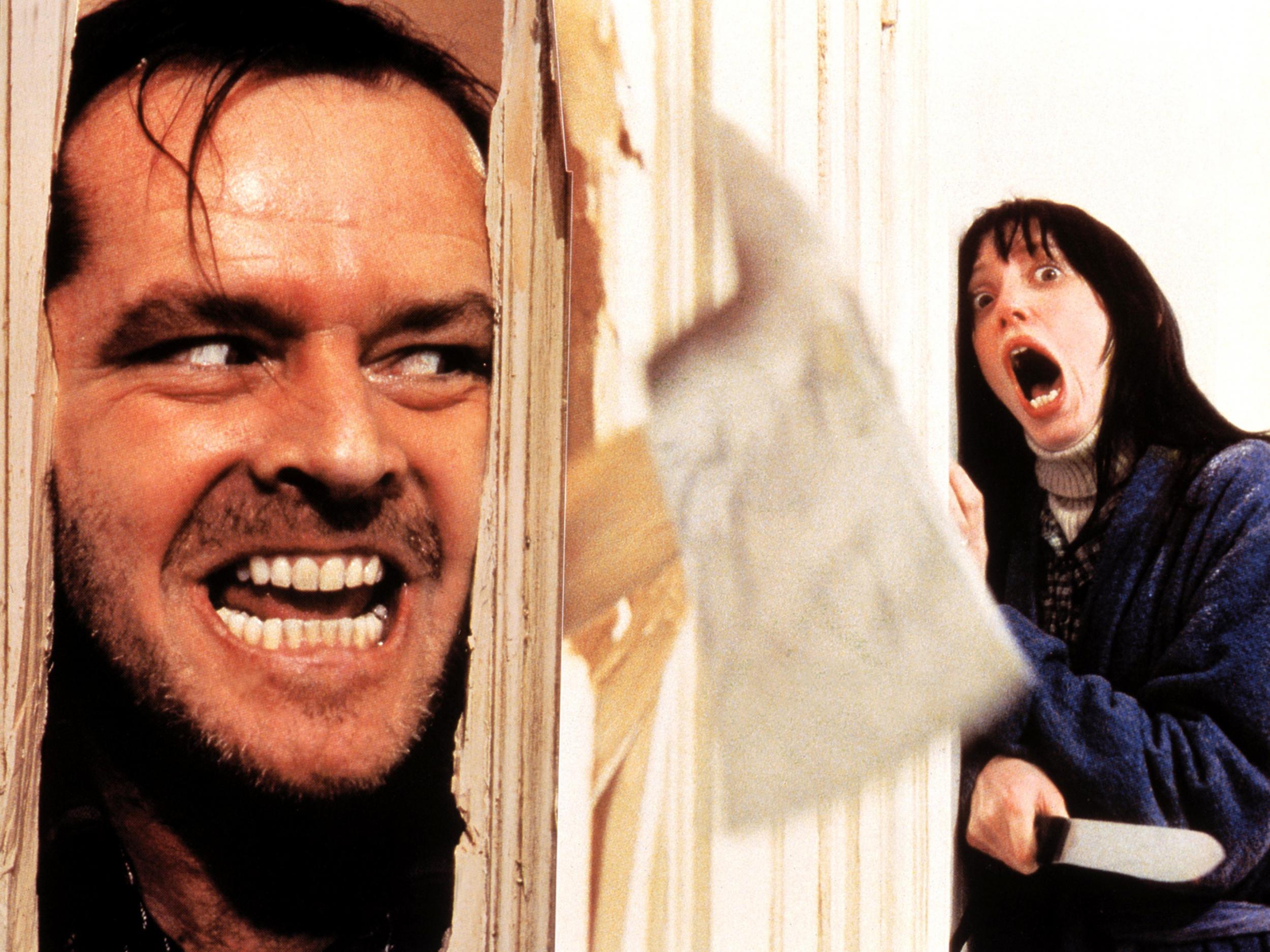
Your support helps us to tell the story
From reproductive rights to climate change to Big Tech, The Independent is on the ground when the story is developing. Whether it's investigating the financials of Elon Musk's pro-Trump PAC or producing our latest documentary, 'The A Word', which shines a light on the American women fighting for reproductive rights, we know how important it is to parse out the facts from the messaging.
At such a critical moment in US history, we need reporters on the ground. Your donation allows us to keep sending journalists to speak to both sides of the story.
The Independent is trusted by Americans across the entire political spectrum. And unlike many other quality news outlets, we choose not to lock Americans out of our reporting and analysis with paywalls. We believe quality journalism should be available to everyone, paid for by those who can afford it.
Your support makes all the difference.Jack Nicholson must have needed a lot of toothpaste. When he was starring in Stanley Kubrick’s horror movie The Shining (1980), he felt it a matter of common courtesy to brush his teeth before any new scene. Working on a Kubrick film was, he thought, “gruelling enough” anyway for the crew and his fellow actors without having him breathe over them through “a face full of lamb cutlets”. In her BBC documentary Making the Shining, Vivian Kubrick, the director’s daughter, shows Nicholson bent over the basin, rinsing his mouth. The moment the ritual was complete, he very politely walked back on set, picked up his axe and started trying to hack his co-star Shelley Duvall into pieces all over again with that demented grin on his face. There was take after take after take – and his breath was as fresh at the end of the day at the beginning.
Nicholson was playing Jack Torrance, a troubled writer and recovering alcoholic who takes his wife Wendy (Duvall) and young son Danny (Danny Lloyd) to the Overlook Hotel in the Rockies. Jack is planning to spend the winter as caretaker, working on a book, but he’s an angry, combustible figure anyway and the solitude brings out the devil in him. Little Danny has psychic powers. Through “the shining”, he can sense the evil and violence lurking within the hotel – and inside his own dad, too.
This Shining, which turns 40 tomorrow, is one of Kubrick’s greatest films. This was a director who never took shortcuts and who approached every film he made with a manic zeal to match that of Jack Torrance with his axe. Radiating a slow-burning fury, the movie turns up the intensity from frame to frame, with Nicholson’s performance increasingly deranged. The fast-moving camera work, strident music and intricate but absurdist plotting induce a sense of mounting hysteria in audiences who’ve regularly voted this the scariest movie ever made.
But not everybody likes The Shining. Not only was it overlooked by the Golden Globes and the Oscars, but Kubrick found himself nominated for a Razzie for Worst Director. Stephen King, on whose novel it is based, was dismayed by Kubrick’s icy, detached approach. “It’s a great big, beautiful Cadillac with no motor inside. You can sit in it and you can enjoy the smell of the leather upholstery – the only thing you can’t do is drive it anywhere,” King said in an interview with American Film. He suggested Kubrick was trying to make a horror film with “no apparent understanding of the genre”.
Like all Kubrick movies, The Shining had a long and complicated gestation. It was supposed to take six months to shoot. It took a year. Towards the end of production, the sets at Elstree burnt down. Even then, there was a sweet aroma in the air. Bottles of co-star Scatman Crothers’ Brut aftershave added fuel to the fire. Thankfully, the polystyrene snow had been moved to the backlot. If that had gone up, the inhabitants of Borehamwood and beyond might have been at risk of severe poisoning. Kubrick took the mini-disaster in his stride.
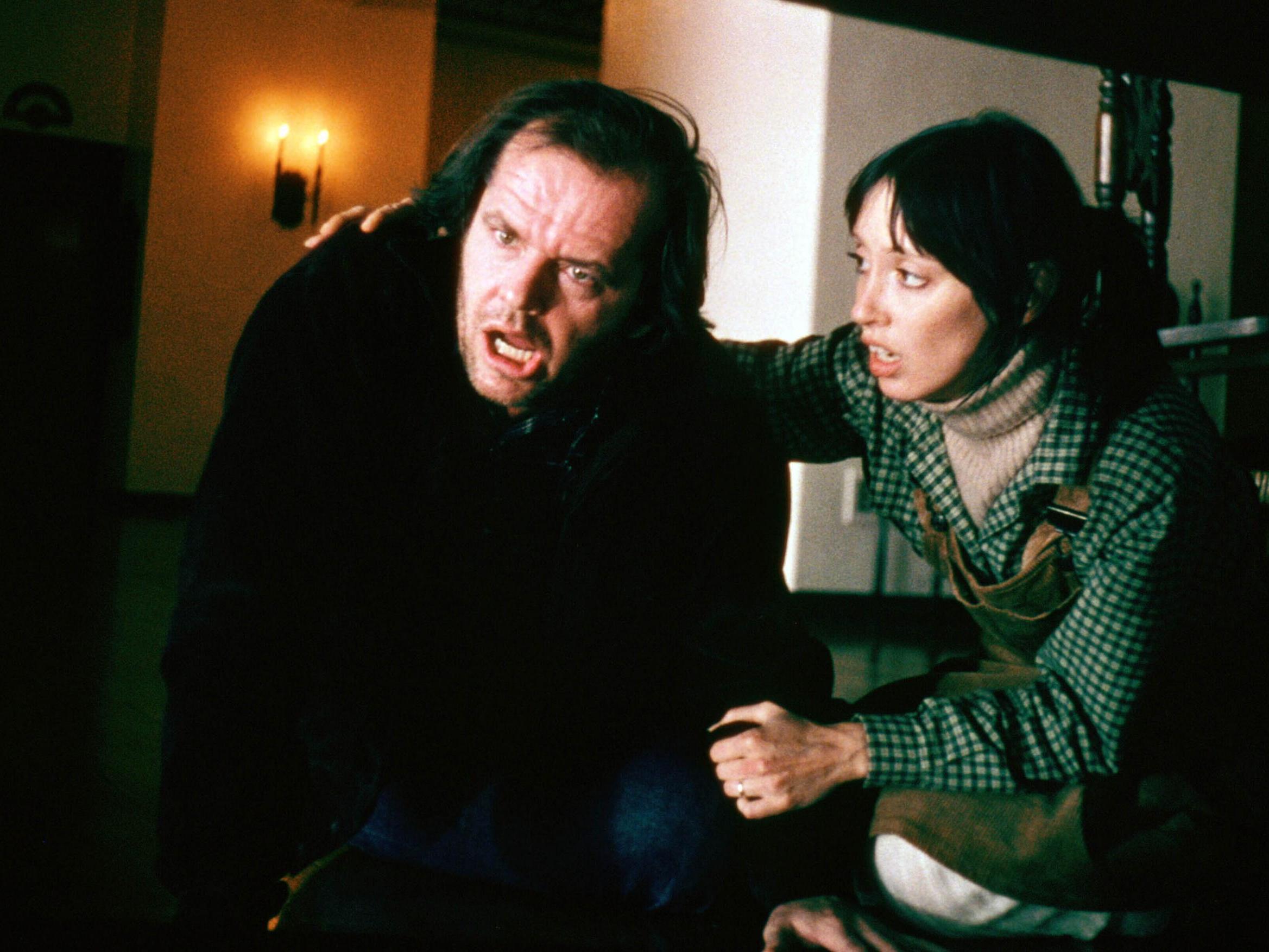
The snow was used for the chase through the maze that marks the climax of the film. Kubrick had built a real-life maze – and it was a common occurrence for cast and crew to get hopelessly lost inside it as the director roared with laughter at their plight.
The director’s fastidious approach has given fuel to all those conspiracy theorists who’ve been poring over every frame of the film ever since it was released. The production design and use of props are so detailed that fans have read secret messages in everything from the tinned food in the Overlook’s larders to the pictures on the walls. If the colour of Jack’s typewriter changes in the course of the movie, these fans won’t accept it could be a simple continuity error. They’re sure Kubrick is telling them something.
Rodney Ascher’s entertaining 2012 feature documentary Room 237 gathers together some of the more outlandish theories. The Shining is seen by his interviewees as an allegory about “the genocide of the American Indians” or as having “a deeply laid subtext that takes on the Holocaust”. They puzzle over the strange architecture of the hotel, concluding that Kubrick has put the windows in all the wrong places on purpose.
When it comes to The Shining, just about any theory sticks. You could probably even make the argument that Jack Torrance is intended by Kubrick as a darker version of Mr Banks in Mary Poppins – an absurd idea but no more absurd than most of the others.

Watch Apple TV+ free for 7 days
New subscribers only. £8.99/mo. after free trial. Plan auto-renews until cancelled

Watch Apple TV+ free for 7 days
New subscribers only. £8.99/mo. after free trial. Plan auto-renews until cancelled
In his cutting remark about the Cadillac, King implied that there is an emptiness at the core of the movie. Maybe that’s why it so enraptures fans and inspires such wild interpretations. It’s a blank canvas on which they can impose their own thoughts and fantasies. The director didn’t give many interviews. He didn’t tell audiences what his films were about. Instead, he allowed the work to speak for itself.
Most of Kubrick’s collaborators don’t hold much truck with the “weird” and “incredibly irrelevant” readings of The Shining aired in Room 237. However, they testify to his mind-bending perfectionism. The director would test the lighting endlessly. He would spend an eternity on every aspect of the production.
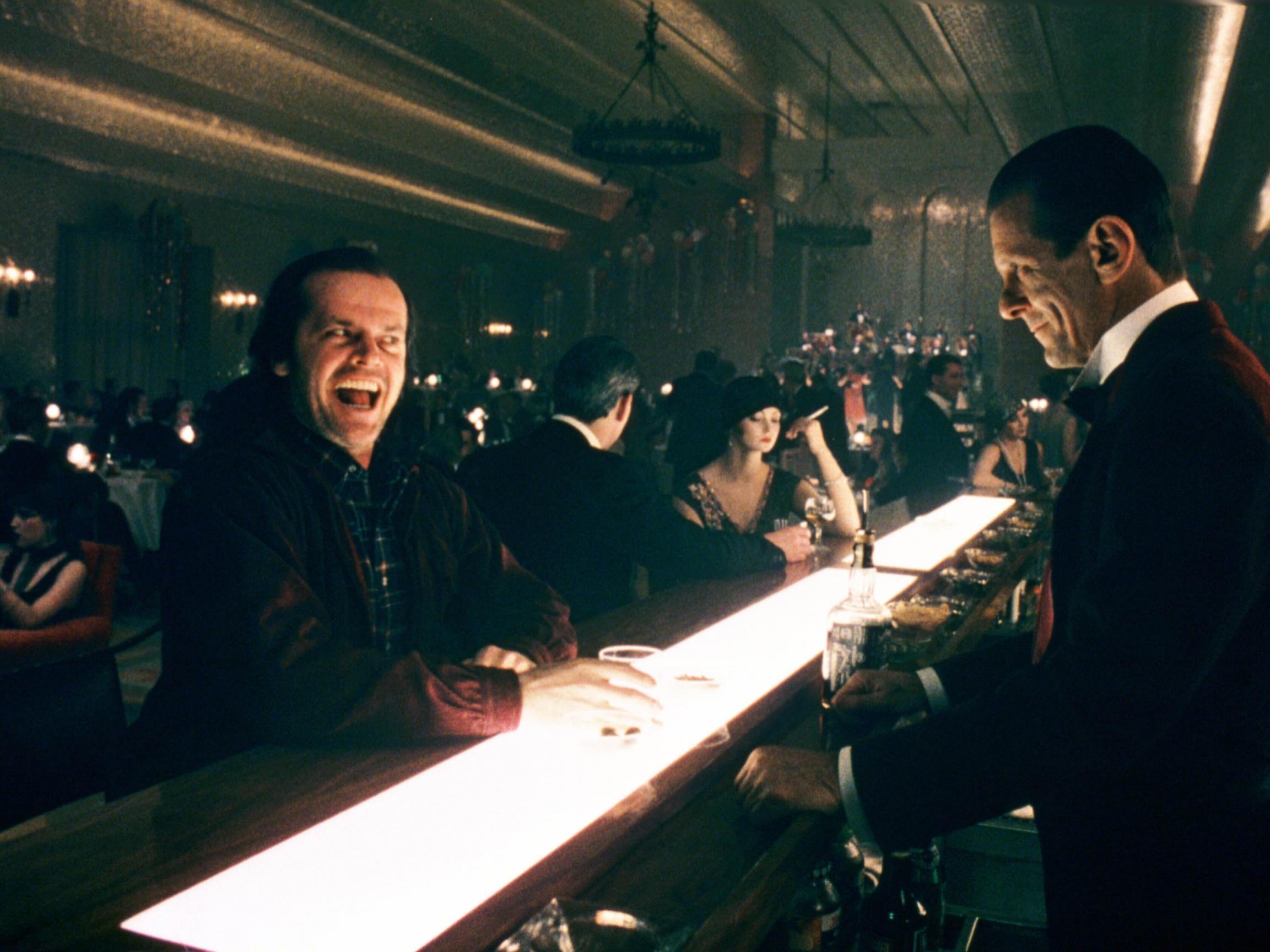
Young British actor Leon Vitali had given a brilliant performance as the priggish, highly strung Lord Bullingdon in Kubrick’s previous feature, the period drama Barry Lyndon (1975). Kubrick had noticed the way that Vitali had calmed down a little boy appearing in the ballroom scene who had become upset and lost his focus.
“Stanley being Stanley, he doesn’t forget things like that. When it came to The Shining, he just sent me the book. I read it overnight,” Vitali tells The Independent. The next day, Kubrick called him and said, “how would you like to go to the States and find a boy to play Danny?”
The actor, later to become Kubrick’s dogged and dedicated personal assistant, took the job. It entailed an epic journey around Illinois, Colorado and Missouri, holding audition after audition. “It was amazing,” he says. “Before I went, there were four and a half thousand names with appointment times already. You can add another 500 to that once I got over there.”
Vitali interviewed all these kids (who ranged in ages from four to nine), videotaped them and then sent tapes of the most promising ones back to Kubrick in England. Eventually, he discovered the four-year-old Danny Lloyd, who said to him, “Gee, Leon, I like your suit,” and proved to be a screen natural.
The process of casting this one role had taken six months. Vitali then looked after Lloyd on set. “His parents were fantastic,“ he says. “They got it. They trusted us and we got to be very good friends actually.”
The other actors on The Shining faced a trial of endurance. They weren’t always sure what their director was after. Kubrick wasn’t interested in conventional psychological realism. “You come up against somebody like Stanley who says, yes, it’s real but it’s not interesting,” Jack Nicholson says in Vivian Kubrick’s documentary, summing up the challenge of working with such an unpredictable director.
“He [Kubrick] pushed me and it hurt,” Shelley Duvall said to Vivian Kubrick. In the documentary, there is an uncomfortable and revealing scene in which Kubrick loses his temper with her. He tells her in full view of the crew that she needs to “look more desperate” as Jack comes after her with the axe and warns her “you’re wasting everybody’s time”. Depending on your point of view, he is either bullying her or using sly, intimidatory tactics to goad the performance he wants out of her.
“I was really in and out of ill health because the stress of the role was so great and the stress of being away from home – just uprooted and moved somewhere else – and I had just gotten out of a relationship, and so for me it was just tumultuous,” Duvall told Vivian Kubrick. At the time, she felt the stress was worth it. Without the director playing on her nerves, she would not have been able to reach the pitch of intensity she achieved. Four decades on, though, some speculate that The Shining took an immense toll on her. “The film was hell to be part of,” the star, who has had mental health problems in recent times, later acknowledged.
Duvall’s is a thankless role. She is the foil to Nicholson’s mad man. He chases. She runs. “She personified the horror we are supposed to feel,” Vitali says. “To do that, she had to get up to a really high pitch of emotional tightrope walking. Once she had done that, she couldn’t go back. We were weeks and weeks and months and months from the end of the shoot.” Nicholson took the plaudits for his feral turn as Jack, while she has remained underappreciated. Yet her febrile, hyper-sensitive performance was just as important to the overall success of the film.
Vitali remembers that Kubrick had wanted to make a serious horror movie “in the psychological sense rather than a vicious, horrible, blood-filled [one]”. Not that this stopped him from including the famous scenes of blood cascading from the lifts down the corridors of the Overlook.
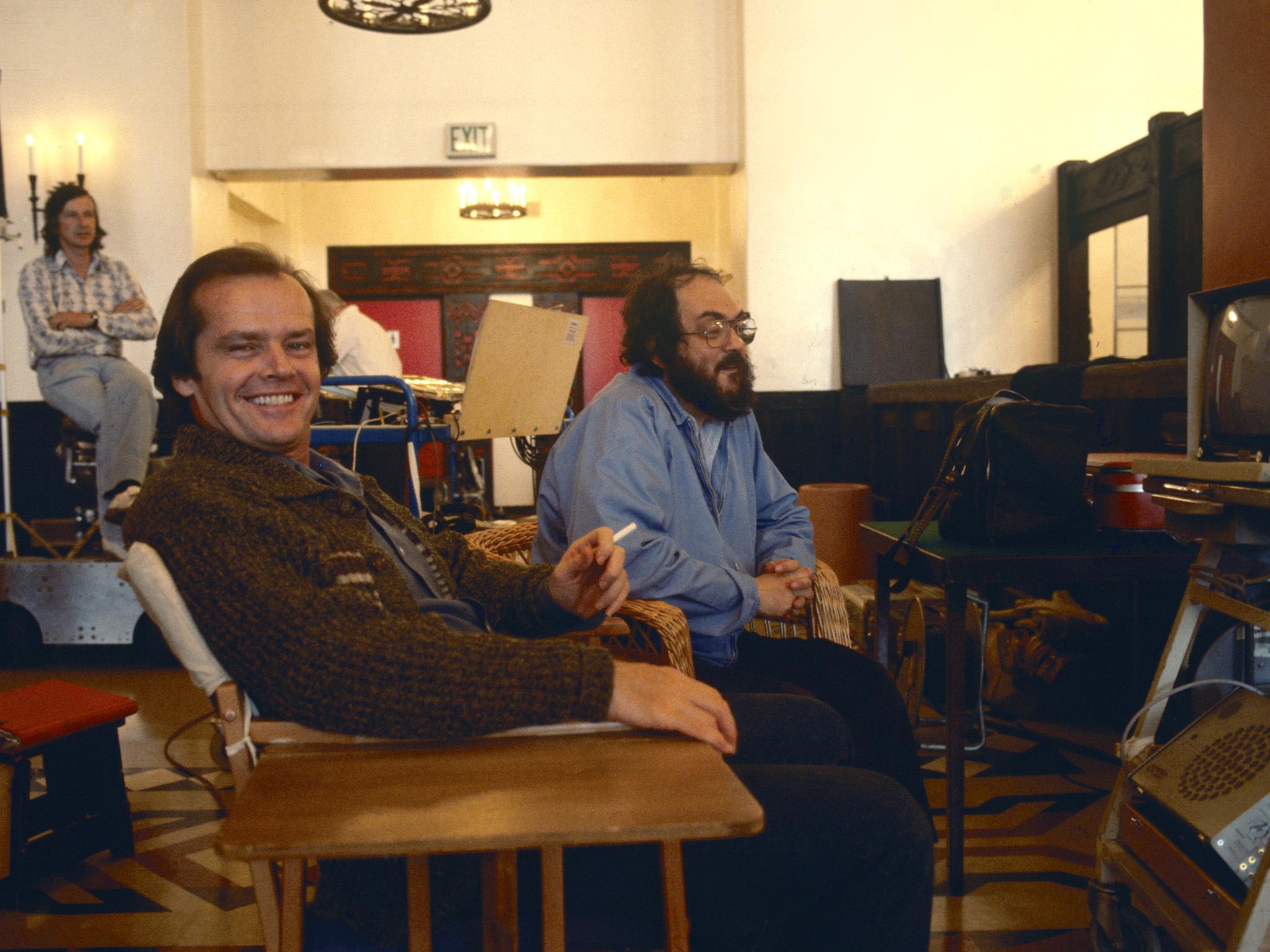
At lunch time, the cast and crew would all watch rushes. Kubrick liked his actors to surprise him. He would shoot take after take after take. “Stanley’s gauge was that when you’ve finally got an actor to go too far, you’ve probably got it,” Vitali remembers the way he kept on pushing the actors until boredom and exasperation gave way and they came up with something unexpected and original.
Nicholson realised that Kubrick’s ideas about the story and the characters were continually changing. “I quit using my script. I just take the ones they type off each day,” he told Vivian Kubrick.
Her father looked to his screenwriters to provide the foundations on which he would build his movies. Once these were in place, he wanted to be unfettered and free to explore. The writers would often be offended when he told them, “Thank you, tell Warners what they owe you” and then dismissed him from his orbit . For him, the screenplay was just the starting point. Inevitably, that meant his relationship with writers was strained. He kept them all at arm’s length. Even a figure as revered in horror fiction as Stephen King was left on the outside. “When Stanley said, ‘Right I am going to do The Shining’, I think Stephen thought he may be there, called upon to write the script or called upon to be a consultant in some way, invited down to the set. But Stanley never worked that way,” Vitali says.
King did eventually turn up at Elstree towards the end of shooting. Vitali showed him around at a time when the crew were shooting inserts of the typewriter. “I know he felt very angry and probably reasonably insulted.” What King couldn’t have known was the importance the typewriter holds in the movie. In one of The Shining’s most disorienting scenes, Duvall looks at the manuscript Jack has been working on. Instead of writing the next great American novel, her husband, she discovers, has simply been typing the same words, “All work and no play makes Jack a dull boy”, again and again and again, on sheet after sheet of paper.
The Shining was a huge endeavour. Assistant director Brian Cook told the BBC there were “300 construction people on the pay roll” before the film had even started. Quite apart from its status as one of the great horror films of the past 50 years, The Shining marked a pivotal moment in the evolution of Steadicam shooting (that’s to say, a stabilising system which allows handheld camerawork to avoid jerkiness). It begins with an astonishing helicopter shot. Then the Steadicam work begins in earnest. The camera is rarely still for an instant. The energy here comes not just from Nicholson’s performance but from the astonishingly fluid shooting style.
Carrying the Steadicam was its inventor, Garrett Brown, a pioneering and near-legendary figure in cinematography who had filmed Sylvester Stallone running up the stairs in Rocky (1976) and has worked with directors from Spielberg to Scorsese. Speaking on the phone, he describes his work on the film as being like “moving a piano and playing it”. It involved both very heavy grunt work and extremely delicate artistry.
Some may have complained about Kubrick’s tendency to shoot multiple takes but Brown relished it. He was refining how the Steadicam worked. “I realised on day one it was a priceless opportunity for me to perfect what I was doing, really to learn the physical act of doing it,” Brown recalls. “I could have literally done 100 takes or 1,000 takes.”
By take 14 on any given sequence of The Shining, Brown says he was reaching “a level of Zen-like perfection, like what happens, I imagine, when you did a Broadway show every night and you realised on day 239 that you could be six inches closer to the edge of the stage. It was therefore really fun for me.”
Just occasionally, Kubrick would admit that there was no real reason for the huge number of takes but Brown was happy for them to keep on coming. His experiences with Kubrick gave him the basis for his later work on films such as Reds, One From the Heart, Casino and Indiana Jones and the Temple of Doom. “The way that lens moves, the way the audiences’ eyeballs are handled and directed, is, I think, a seminal aspect of moviemaking and underappreciated.”
In Kubrick, Brown found a kindred spirit and a mentor. “Kubrick is, let’s face it, The Man. He is the one director working who commands absolute authority over his project from conception to release print. The ultimate technologist but, more, his technology serves a larger vision which is uniquely his own,” Brown later wrote. The technical demands were daunting. He would be gliding around the corridors of the Overlook on a specially converted wheelchair, following Danny on his bike, or tracking Duvall as she flees Nicholson.
The crew loved Nicholson. He was open and friendly with everybody. Sometimes, Kubrick wanted to work on Saturdays. Before this was allowed, union rules required the crew members to vote by Friday afternoon at 4.30pm that they were prepared to come in the following morning.
“Jack would say, ‘Champagne on set when we wrap tonight if you vote no!’” Vitali remembers. Often, the crew did exactly that, leaving Kubrick in a lather of fury. However, Nicholson and Kubrick had a strong rapport and generally brought out the best in each other. Nicholson was given license for some improvisation. He’s the one who came up with the idea of yelling out, “here’s Johnny!” when he axes down the door and sticks his face through the gap in the wood with a satanic smile on his face.
In an interview quoted in Patrick McGilligan’s biography, Jack’s Life, Nicholson explains his approach to the role. “When the material is as unusual as The Shining dealing with ghosts and spirits, the actor has to be larger than life,” he suggested. “I play the character as a guy who’s deeply pathological in the area of his marital relationships. The book had that intimation to begin with, and then I just blew it up ... it’s a demanding, highly difficult performance that’s sort of balletic.”
When The Shining opened in the US on 23 May 1980, the reviewers didn’t quite know what to make of it. Many were either baffled or hostile. “How can anyone make a film so fastidiously beautiful and still leave so many loose ends?” asked The New York Times. “First and foremost, it is mesmerisingly lovely, so handsome you may be halfway out of the theatre before those nagging questions arise.”
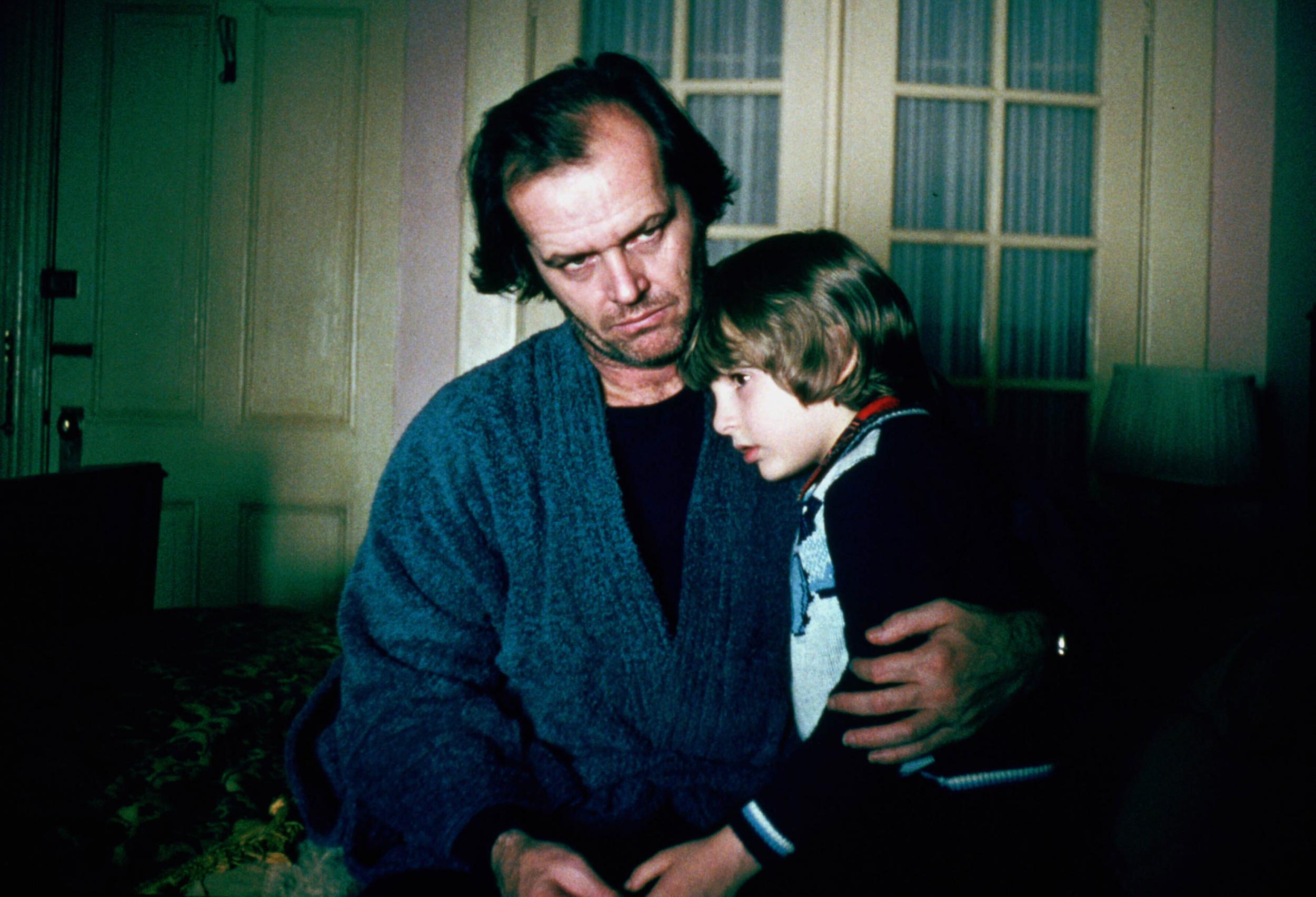
“The crazier Nicholson gets, the more idiotic he looks. Shelley Duvall transforms the warm sympathetic wife of the book into a simpering, semi-retarded hysteric,” wrote Variety, accusing Kubrick of destroying “all that was so terrifying about Stephen King’s bestseller”.
The box office wasn’t spectacular, either. The film wasn’t even a top 10 hit in the US, where it grossed around $45m. However, since then, its reputation has grown and grown. Its status as a modern-day classic was underlined in late 2018 when The Shining was added to The US National Film Registry, the list of films considered “culturally, historically or aesthetically significant”.
Forty years on, Nicholson’s turn in The Shining still ranks with the finest of his career. Satirists and comedians have been imitating him ever since. When you’ve been spoofed by both The Simpsons and South Park, you know you’ve really hit a nerve.
Often, when you revisit a film heralded years before as a classic, it can be anticlimactic. Either the acting will seem mannered or the special effects out of date or the themes archaic. That is not the case with The Shining. Like Jack Nicholson’s smile, it gleams as freshly now as when it was first released. Kubrick’s exhaustive approach paid off. The film may have taken a mini eternity to make but it has hardly aged. Everything in it is as vivid to audiences today as the ghosts in the Overlook Hotel are to mad Jack and his family.
‘The Shining Special Edition’ (4K Ultra HD & Blu-ray, region free) is out now
Join our commenting forum
Join thought-provoking conversations, follow other Independent readers and see their replies
Comments